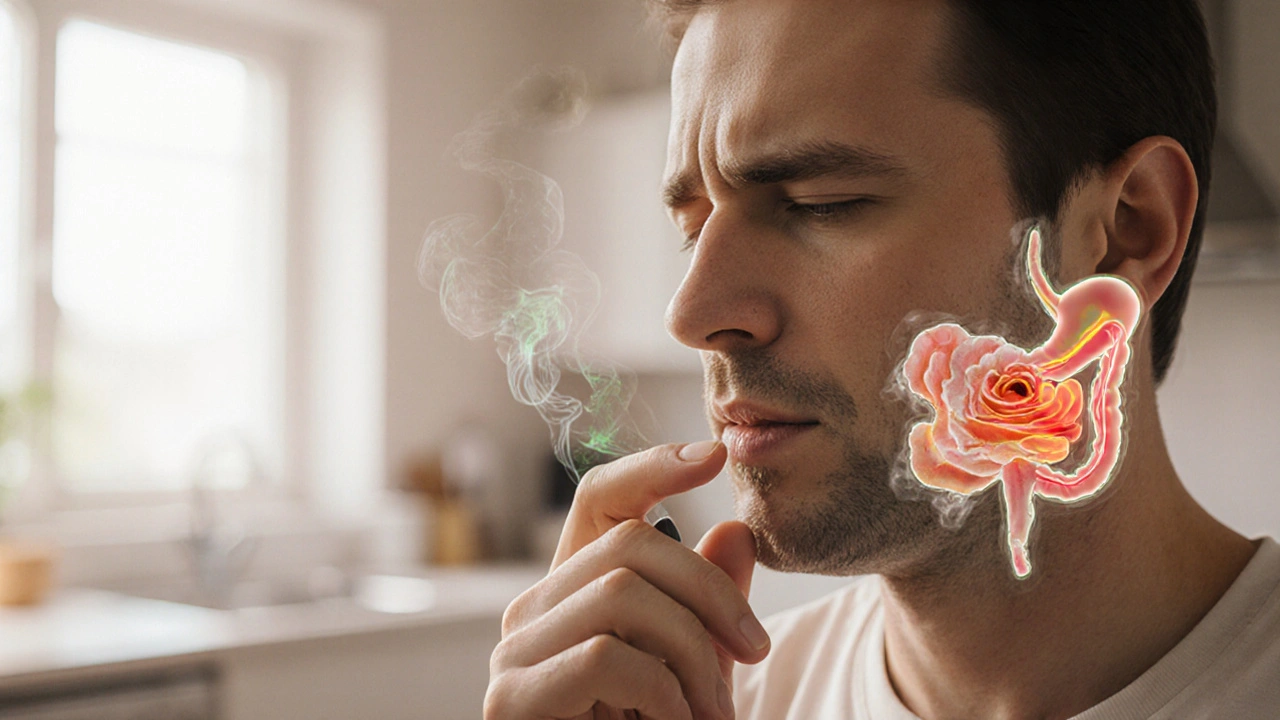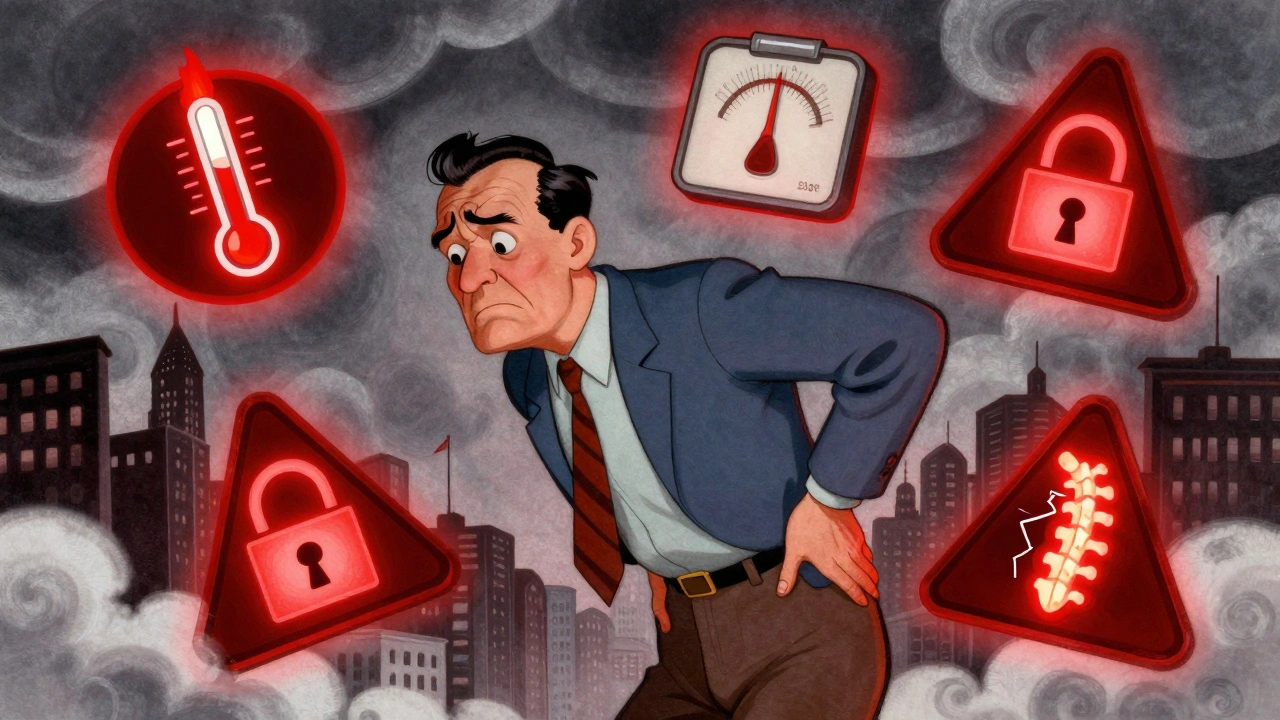Nicotine Addiction: Facts, Risks, and Ways to Quit
When dealing with nicotine addiction, a chronic dependence on nicotine that fuels the urge to use tobacco products. Also known as tobacco addiction, it mixes physical cravings with psychological habits that make quitting feel impossible.
One of the toughest parts of breaking free is handling withdrawal symptoms, the uncomfortable physical and mental signs that appear when nicotine use stops. Common signs include irritability, intense cravings, trouble concentrating, and a lingering cough. Knowing what to expect helps you prepare a solid plan instead of being caught off‑guard.
Understanding the Cycle and Finding a Way Out
Effective smoking cessation, the process of quitting tobacco for good, starts with acknowledging the cycle: craving leads to use, which reinforces dependence, then withdrawal fuels the next craving. Breaking that loop often means using proven aids like nicotine replacement therapy, prescription meds, or counseling. Tailoring the approach to your lifestyle increases the odds of staying smoke‑free.
Many people think vaping, using e‑cigarettes to inhale nicotine‑laden vapor, will make quitting easier. In reality, vaping can sustain nicotine addiction and even re‑ignite cravings for cigarettes. If you already vape, consider it part of the same dependence puzzle and treat it with the same cessation tools you’d use for smoking.
Beyond the nicotine itself, mental health plays a huge role. Anxiety, stress, and sleep problems often push people back toward a cigarette for quick relief. Studies show that managing anxiety can reduce the urge to light up, and better sleep lessens daytime fatigue that might otherwise trigger a craving. Addressing these underlying issues alongside nicotine withdrawal creates a more sustainable recovery.
Medication isn’t the only answer. Over‑the‑counter nicotine patches, gums, and lozenges deliver a steadier dose of nicotine, easing withdrawal without the harmful smoke. Prescription options like varenicline or bupropion target brain pathways tied to reward and mood, cutting cravings and improving quit rates. Always discuss with a healthcare professional to pick the right fit.
Lifestyle tweaks help too. Regular exercise boosts endorphins, which counteract nicotine‑induced dopamine drops. A balanced diet rich in fruits, vegetables, and water supports detox and reduces cravings. Even simple habits like chewing sugar‑free gum or using a stress ball can keep your hands busy when the urge hits.
All these pieces—understanding withdrawal, choosing the right cessation method, tackling vaping, and supporting mental and physical health—form a roadmap out of nicotine addiction. In the articles below you’ll find deeper dives into each of these areas, practical tips, and real‑world comparisons of products and strategies to guide you toward a smoke‑free future.
How Smoking Causes Nausea and the Best Ways to Quit
Learn why smoking triggers nausea, who’s most at risk, and step-by-step ways to stop the cycle and quit smoking for good.






